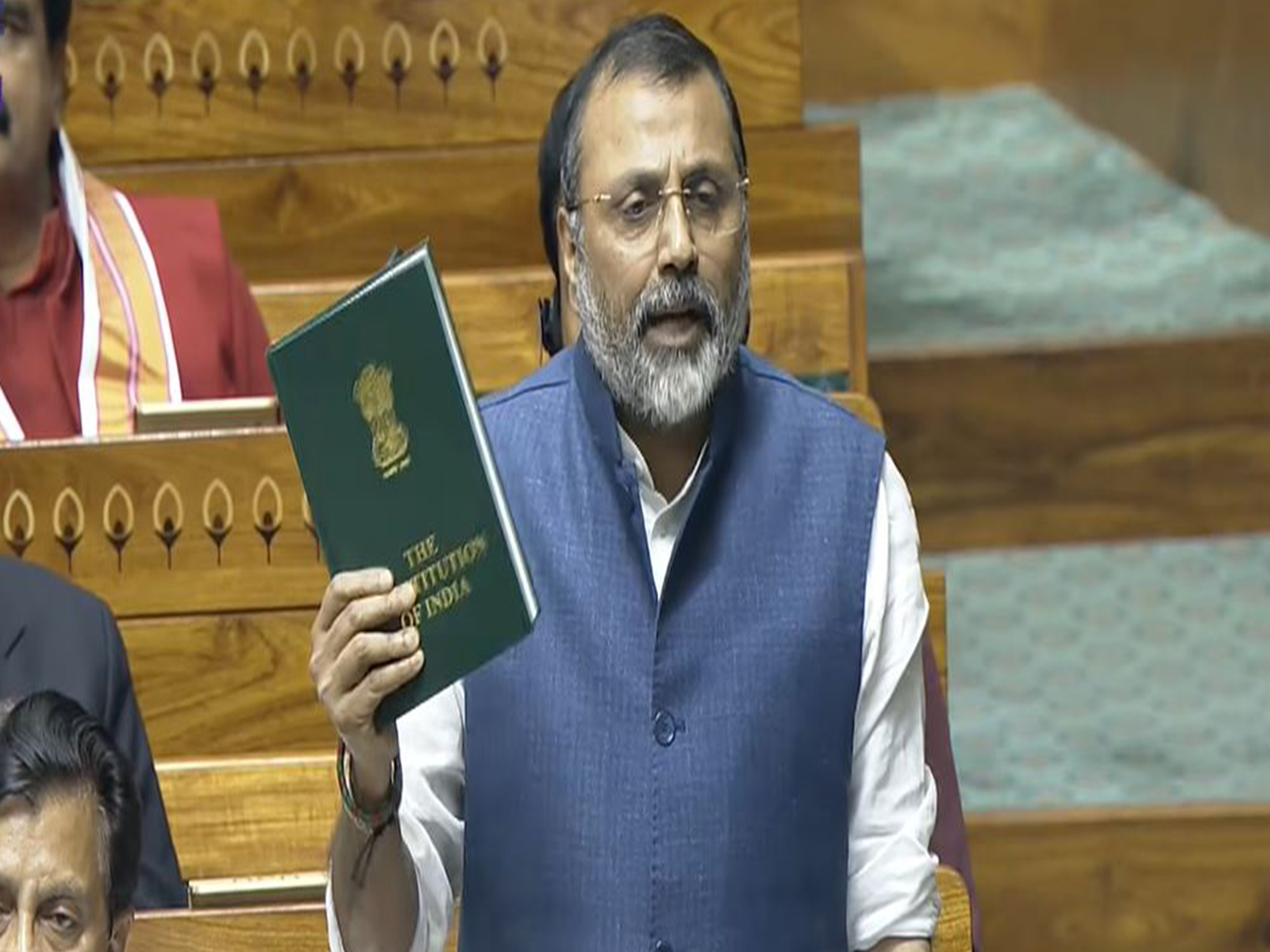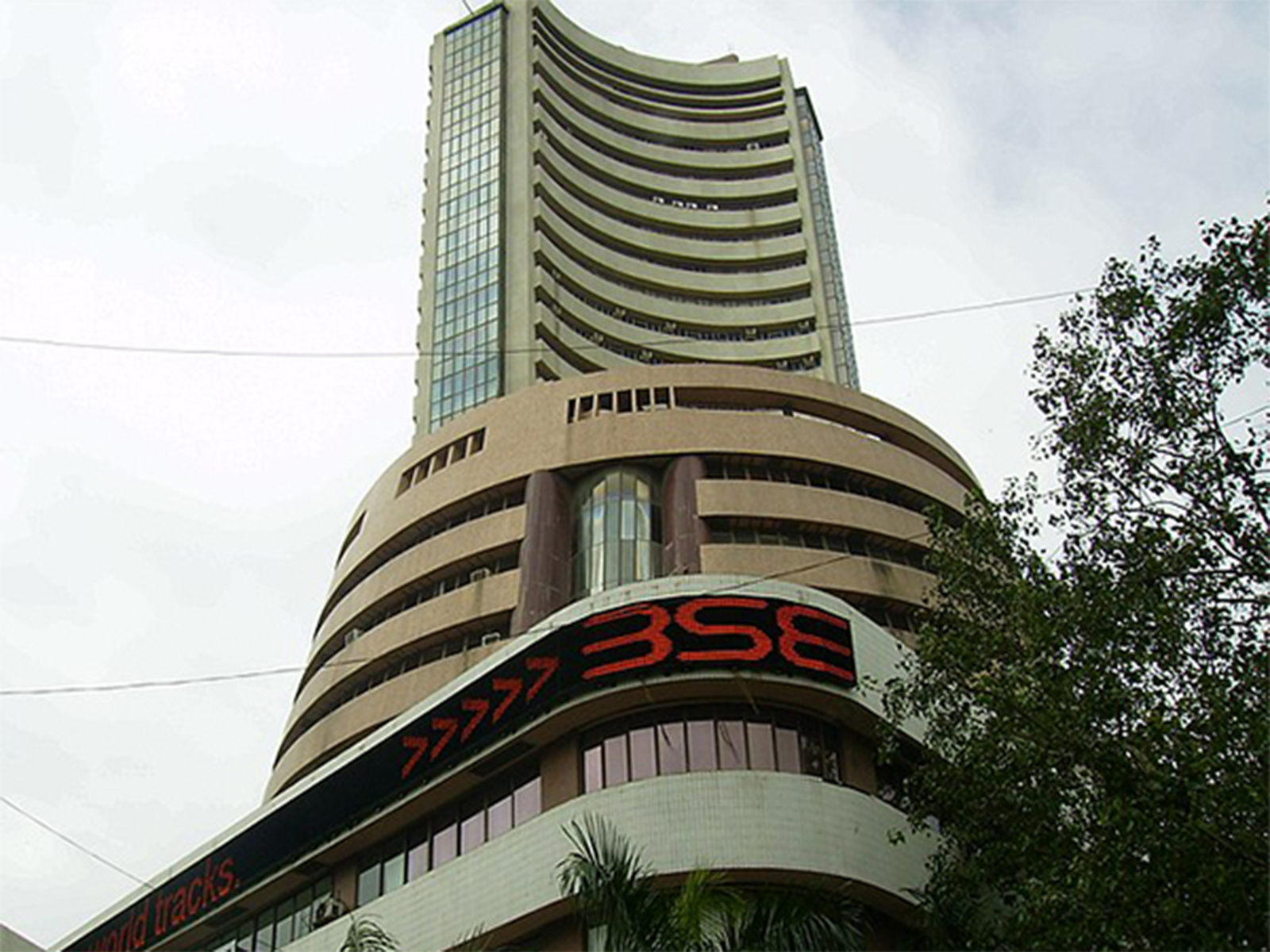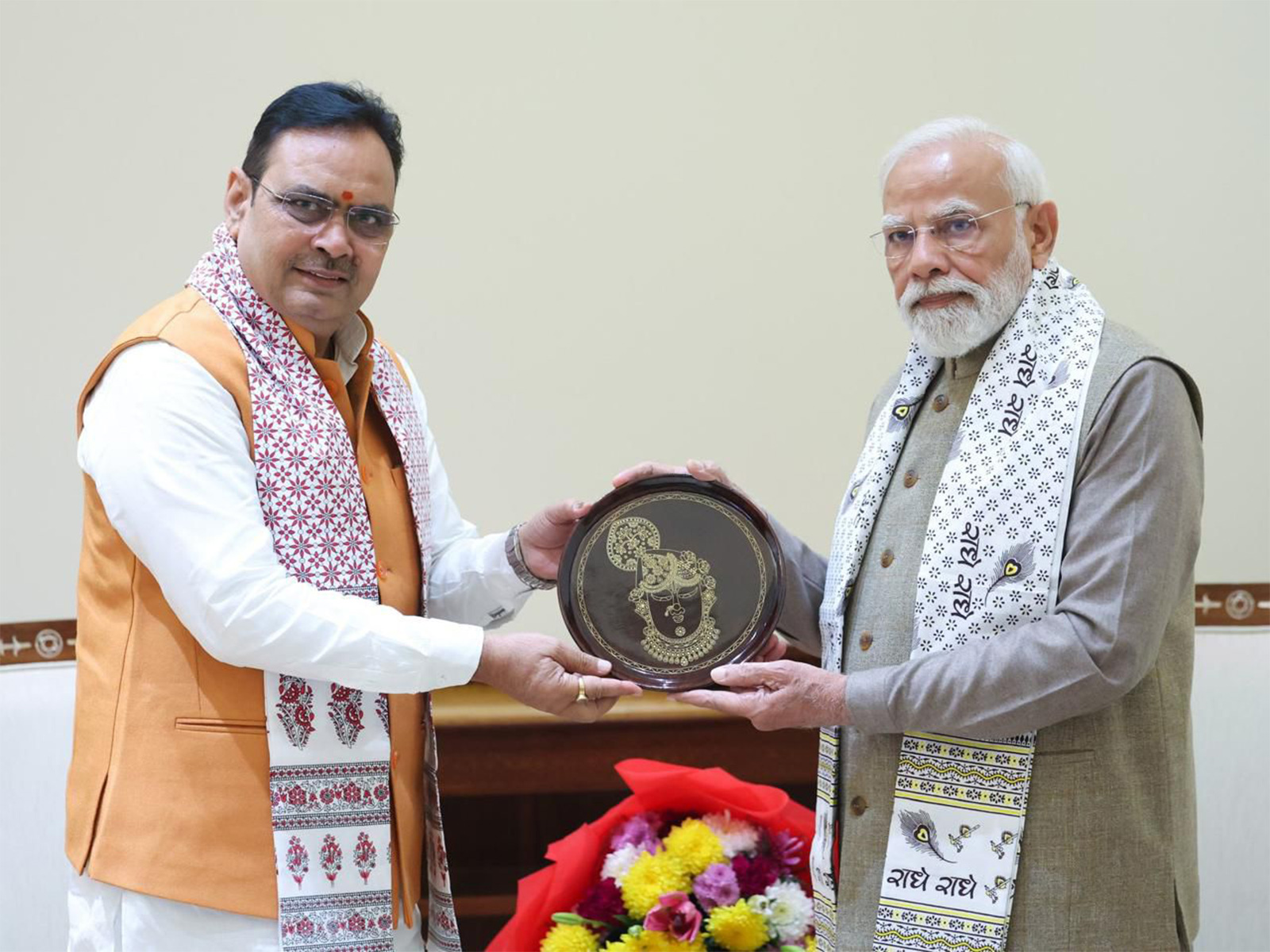Solvent research solves mystery of solar cell durability
Sep 25, 2022

Washington [US], September 25 : Solvents that allow solution deposition of one layer without harming the other may make it easier to create high-efficiency solar cells containing layers of 2D and 3D perovskites.
It took some experimentation to determine the best solvent design for applying a 2D top layer of the correct composition and thickness without harming the 3D bottom layer (or vice versa). This type of cell would convert more sunlight into electricity than either layer alone and be more stable.
Aditya Mohite, a chemical and biomolecular engineer at Rice's George R. Brown School of Engineering, and his group announced in Science their accomplishment in creating thin 3D/2D solar cells with a power conversion efficiency of 24.5%.
According to Mohite, this is as efficient as most commercially available solar cells.
"This is extremely beneficial for flexible, bifacial cells that get light from both sides, as well as back-contacted cells," he says. "The 2D side absorbs blue and visible photons, whereas the 3D side absorbs near-infrared photons."
Perovskites are crystals with cubelike lattices known to be efficient light harvesters, but the materials tend to be stressed by light, humidity and heat. Mohite and many others have worked for years to make perovskite solar cells practical.
The new advance, he said, largely removes the last major roadblock to commercial production.
"This is significant at multiple levels," Mohite said. "One is that it's fundamentally challenging to make a solution-processed bilayer when both layers are the same material. The problem is they both dissolve in the same solvents.
"When you put a 2D layer on top of a 3D layer, the solvent destroys the underlying layer," he said. "But our new method resolves this."
According to Mohite, 2D perovskite cells are stable yet inefficient in converting sunlight. Three-dimensional perovskites are more efficient but less stable. By combining them, you get the best of both worlds.
"This leads to extremely high efficiency since we are now able to generate layers with amazing control for the first time in the field," he added. "It enables us to manage the flow of charge and energy for solar cells, optoelectronic devices, and LEDs."
He claims that the efficiency of test cells subjected to the lab equivalent of 100% sunshine for almost 2,000 hours "does not decline by even 1%." The cells were around 1 micron thick without the glass substrate.
Solution processing is widely used in industry and includes a variety of processes for depositing material on a surface in a liquid, including spin coating, dip coating, blade coating, slot die coating, and others. The pure layer remains when the liquid evaporates.
The key is a balance of two solvent properties: dielectric constant and Gutmann donor number. The dielectric constant is the ratio of a material's electric permeability to its free space. This affects how efficiently a solvent dissolves an ionic substance. The donor number quantifies the solvent molecules' capacity to donate electrons.
"If you find the correlation between them, you'll find there are about four solvents that allow you to dissolve perovskites and spin-coat them without destroying the 3D layer," Mohite said.
He claims their research is compatible with roll-to-roll production, which can generate 30 metres of solar cells every minute.
"For the first time, this innovation is leading to perovskite device heterostructures with more than one active layer," said co-author Jacky Even, a physics professor at France's National Institute of Science and Technology in Rennes. "The goal of using perovskites to create sophisticated semiconductor structures is going to come true." The next phase will be to develop new applications and investigate new physical phenomena."
"Not only does this have ramifications for solar energy, but also for green hydrogen, with cells that can create energy and convert it to hydrogen," Mohite explained. "It may also allow off-grid solar for automobiles, drones, building-integrated photovoltaics, and even agriculture."




















